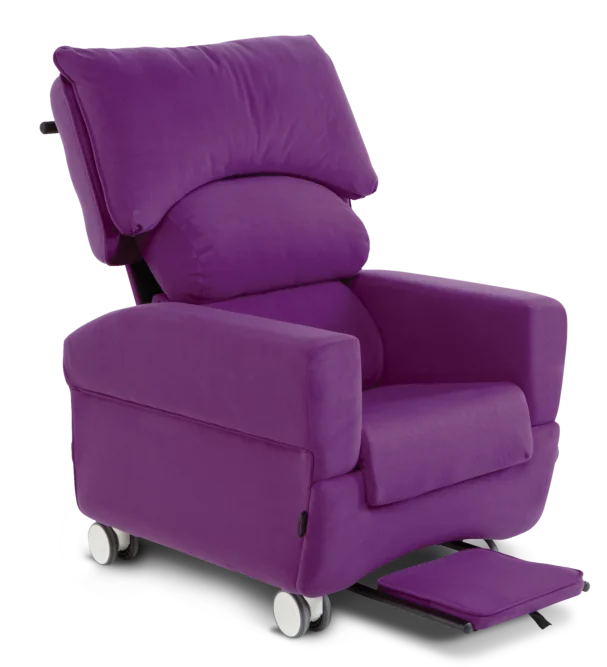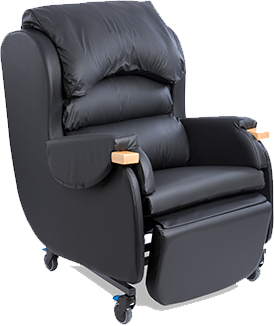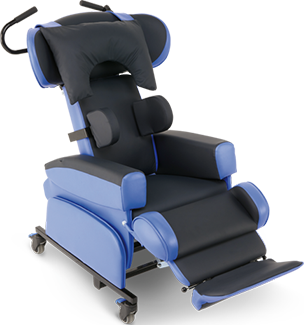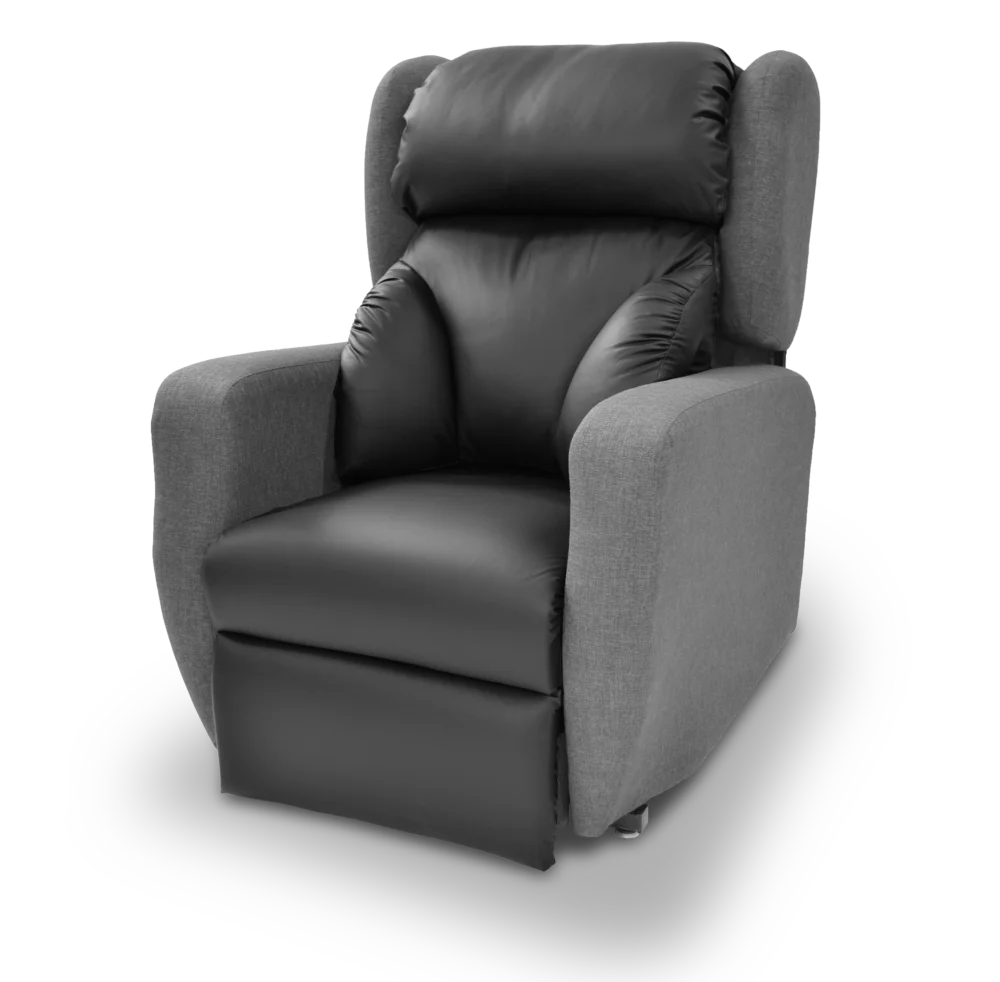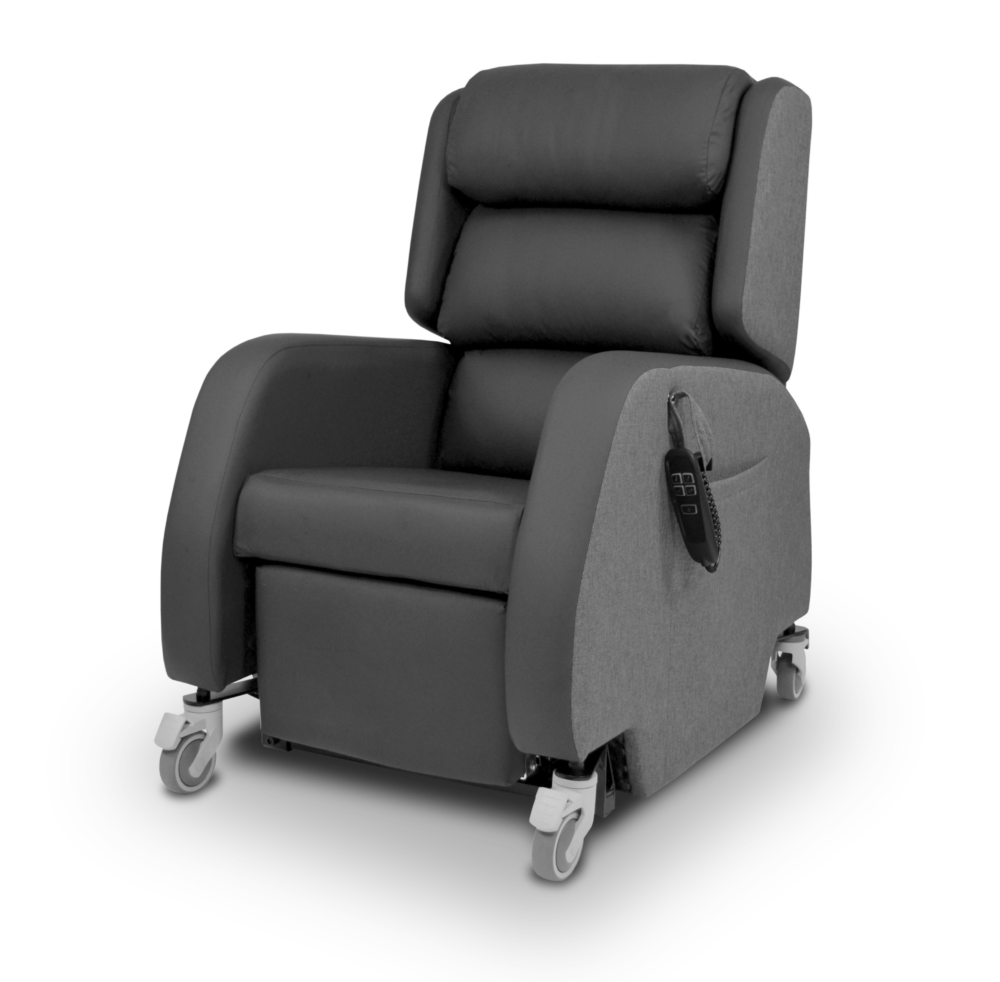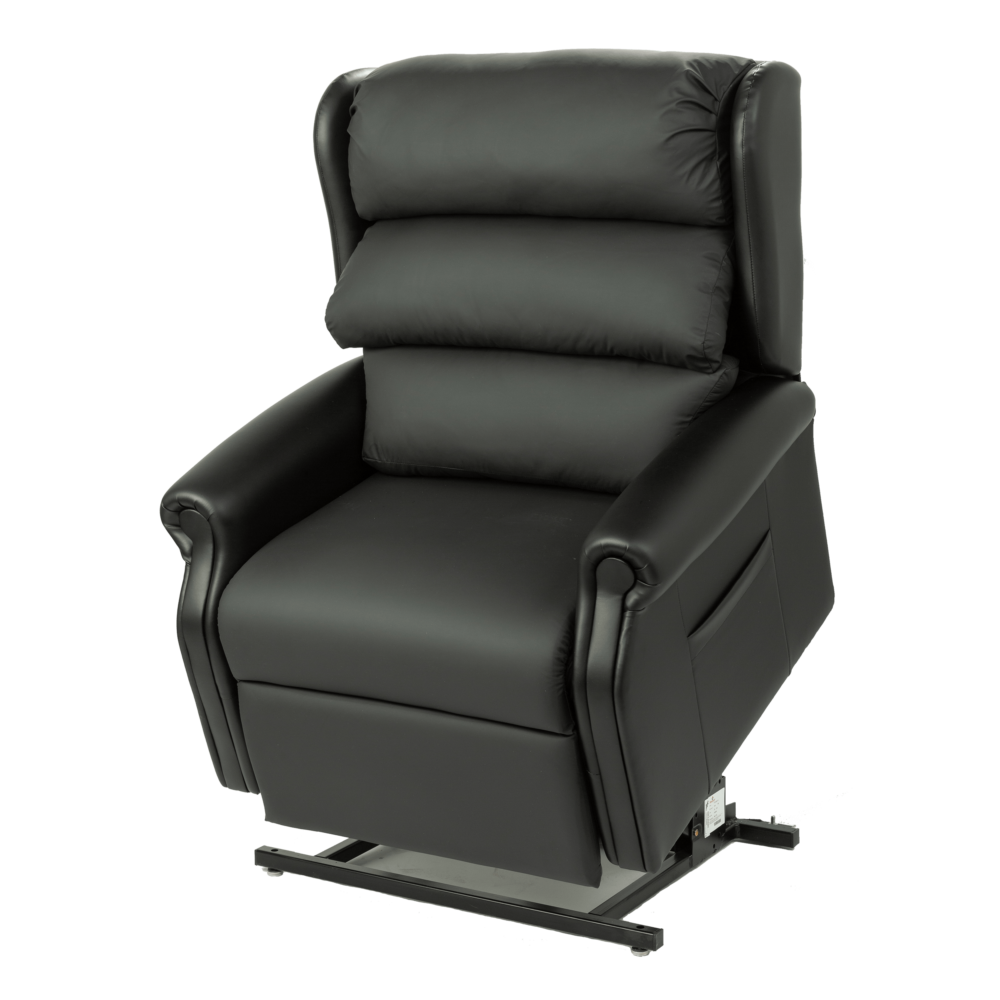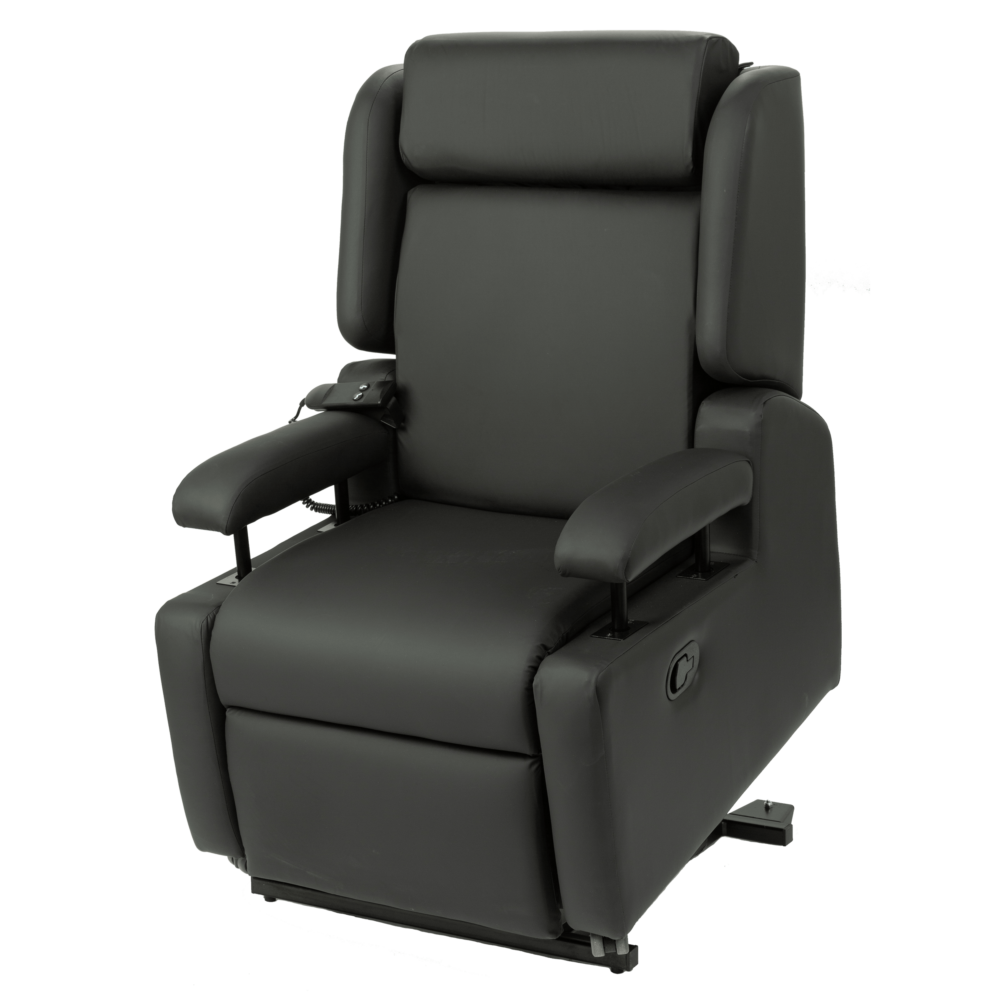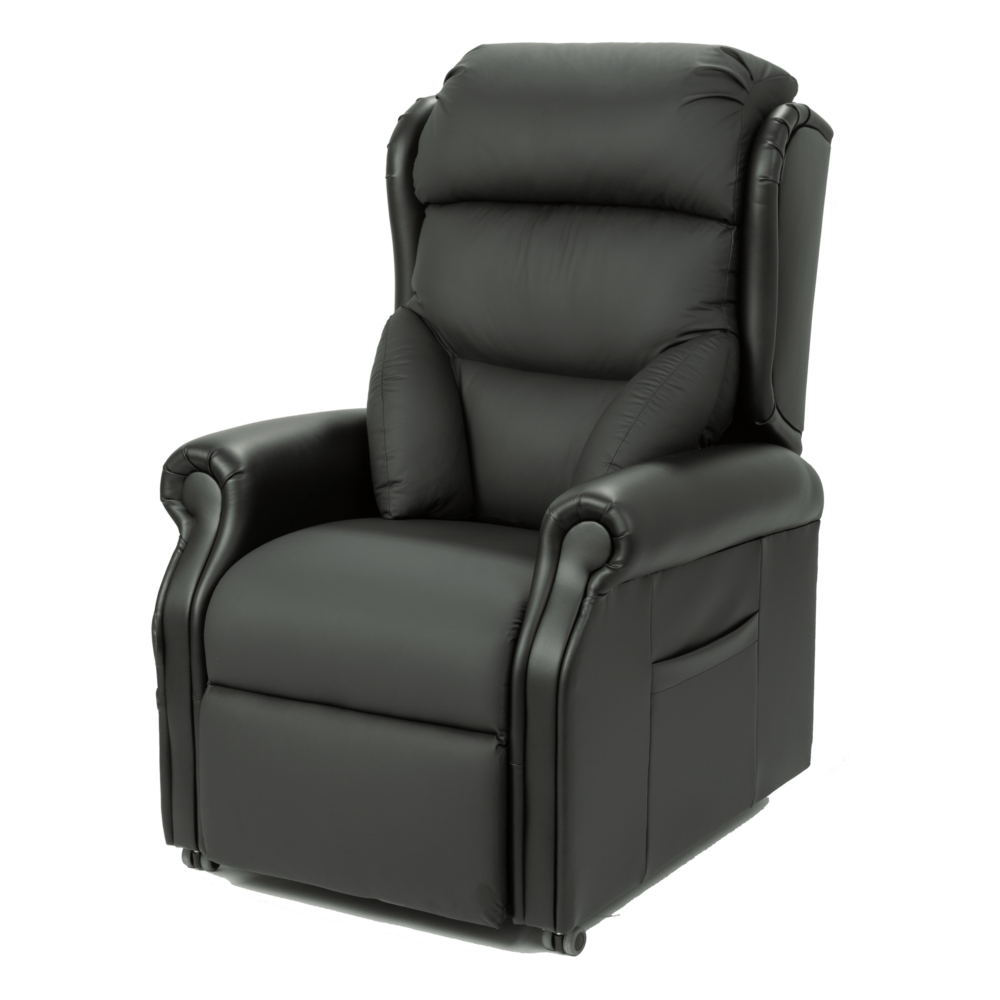Seating must be a key component of elderly care
CareFlex Clinical Specialist, Becca Dunstall, reports that 30% of elderly care patients in the community and around 20% of patients in nursing and residential homes in the UK are at risk of pressure injury, of which improper seating plays a significant role.
“For a grade one pressure injury, where there may be some redness but the skin is still intact, treatment costs about £1000. For a grade four, which can see full thicknes skin and tissue loss, even down to the bone, that’s over £14,000 to treat that one injury.
So if we’re thinking about a 100-bed nursing home where up to 20 of those residents are at risk, we’re talking over a quarter of a million pounds just to treat 20 pressure injuries in one home!”
Roll that figure out nationally and the figure is staggering.
Specialist seating can play a very important part in alleviating the problem.
Many people are confined to bed because ordinary chairs and wheelchairs do not give them appropriate support, but with the right seating choice they can re-join their friends and family in daily life.
“Sitting for long periods in an asymmetrical and unsupported position can lead to skin and soft tissue damage often resulting in pressure ulcers, ranging from a slight discolouration of skin to a serious, deep wound that may leave many tissue layers exposed.”
This process of skin breakdown can be made worse by other factors such as incontinence, immobility, sensory impairment and age.
Pressure ulcers often develop on the buttocks, sacrum, hips, and heels, along the spine and around the head. The result will be pain and anguish, often in patients already suffering from chronic illnesses.
People with kyphosis and many elderly people sit in chairs with their head slumped forward or to the side – chin to chest. Gravity can trap people in these destructive postures. This impairs their breathing, their ability to speak, so communication is poor, and their ability to eat and drink will be compromised. Depressing… and dangerous.
Of course chairs are not magic. A person must be properly assessed to select the right chair to meet their needs. The chair must be correctly set up for the individual. That is imperative – a chair set up for someone else could cause more harm than good! And then, of course, ongoing, carers need to monitor their clients throughout the day to check they have not manoeuvred themselves back into a destructive position, or they are just not comfortable. Seating is just one part of the 24 hour posture and pressure management system. You need to get the rest right too!

